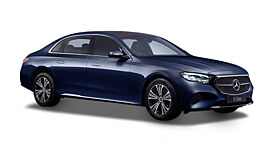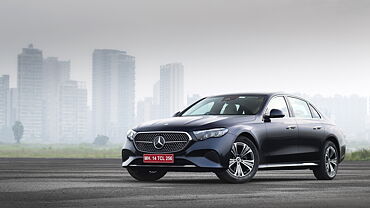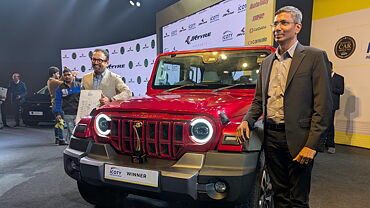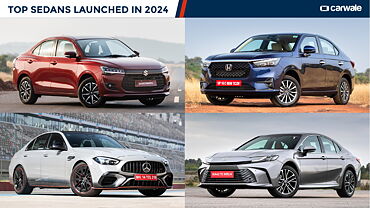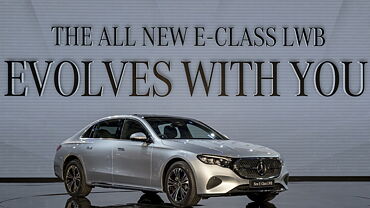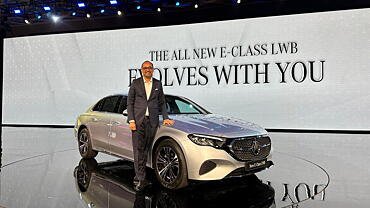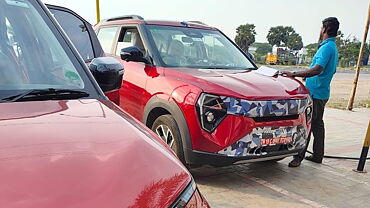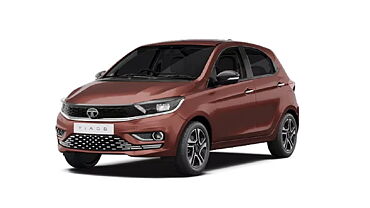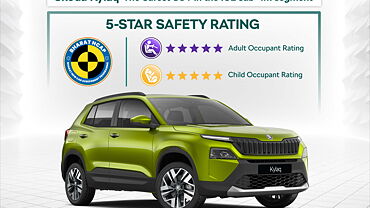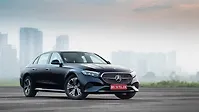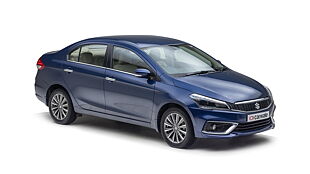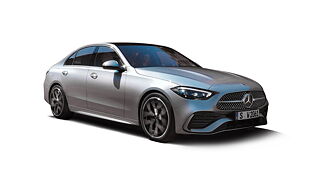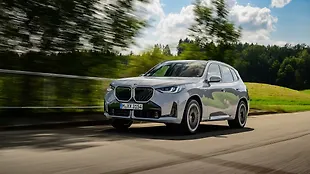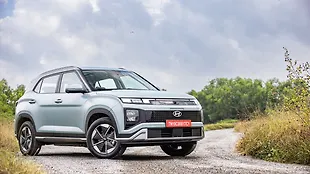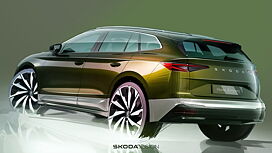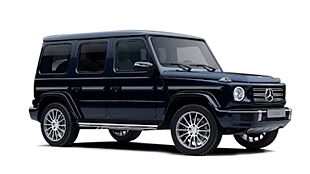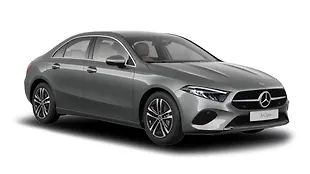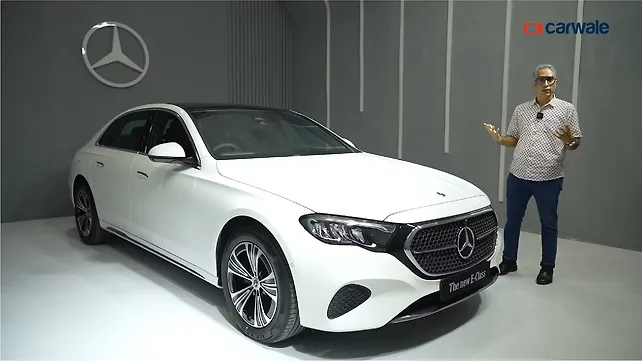
Introduction
The new generation Mercedes E-Class is here. And the mantle of bringing in big sales numbers for its maker continues to fall on its shoulders. It is Mercedes’ largest-selling model, after all. And has been for years. Now, to ensure that the V214 delivers, Mercedes has made the new car more spacious and comfortable and loaded it with a long list of tech and feel-good luxury features. So, here’s what's new, what’s not, and everything else you need to know about the new E-Class.

Not so obvious
The new E-Class looks more like a significant facelift instead of a new-generation car; which it is. Mercedes has gone with the why fix it if ain’t broke approach for its high-seller. The obvious changes include new headlamps, a new front grille, and if you look closely, the alloy wheel design. Now, the silhouette of the new car builds upon the previous iteration, but the new pop-out door handles are an obvious giveaway of its newness. It also has new tail lamps with a three-pointed star motif as its illuminated elements. The boot lid and the bumper design, meanwhile, are nothing to write home about.
The big change
The big changes are on the inside, particularly towards the front of the cabin. But, the rear passengers also benefit from significant upgrades, including electrically adjustable seats with recline functionality and the option to extend the seat squab or bottom cushion length by 40mm. Now, the seats are already comfy and accommodating, but the seat squab adjustment further elevates the seating experience. Moreover, rear passengers get comfort headrests as standard.
Additionally, there are electrically adjustable blinds for the rear windows and the rear windscreen. There’s a wireless charging tray, cup holders, and additional storage as part of the fold-down rear central armrest. And since the new E-Class has a four-zone climate control system, the passengers seated at the rear doors also get their dedicated climate zones. There’s also space in the door pockets to put away a bottle, and the rear passengers get C-type USB charging ports as well.

The star of the show at the front is the superscreen, integrating two multi-media touchscreens behind a single piece of glass. The 14.4-inch screen placed in the centre, and a relatively smaller - but not small by any count - 12.3-inch placed in front of the front passenger might give the impression of being one unit but work independently.
That said, these are similar in functionality, UI, and touch sensitivity. That is a good thing because the screens' UI, sensitivity, and response are top-class; there is no lag, no confusion, just alert and logical outcomes. The superscreen also sports the third-generation MBUX package, including apps for streaming music and videos, social media, and games. One can also make Zoom calls from the car and use the selfie camera mounted on the dashboard.
The new E continues to be offered with the chauffeur package allowing the rear passenger to move the front passenger seat. At the front, there’s 64-colour ambient lightning, motorised aircon vents that can be controlled digitally via the screen, an air purification package, wireless phone charging as part of the central console, and a panoramic sunroof. And on the outside, you have pop-out door handles and soft-close doors. The latter adds a heightened sense of luxury to the whole experience.

This continues on the inside. The cabin with its layout, the choice of materials, and how it all comes together makes the E’s inside look and feel rich and welcoming. And surprisingly, even though there’s a significant play between different materials and finishes from metal to plastic and glass and an array of colours, nothing feels out of place.
Same old
As far as powertrains go, there is no change to the engine lineup for the new E-class. You still get one petrol and one diesel. Both are four-cylinder, turbocharged units that are mated to nine-speed automatic gearboxes which then drive the rear wheels. But, these do come with ISG, an integrated starter generator, or mild hybrid tech. ISG can push the power and torque figures up for both engines by 23bhp and 205Nm.
Otherwise, the power and torque ratings for the E 200 and the E 220d haven’t changed. The E 200 petrol puts out a maximum power of 194bhp while the peak torque is rated at 320Nm. The diesel-powered E 220d on the other hand has a rated torque output of 440Nm while the claimed maximum power output is 197bhp.

Our take
On the face of it, the new E-Class is better than the one it replaces. It has stepped up the space and comfort game and thrown the kitchen sink at it in terms of features. And it did not have to, given the continued sales success of the E-Class. It has clearly moved the goalposts further away from the competition. As things stand, there is no real reason NOT to buy the new E-Class.
Yes, it could do with more tactile seat adjustment controls. And the gear shifter could be less plasticky. It could also do with a more emotive design and the option of a more exciting powertrain. The latter would have elevated it from being a very polished, accurate, and well-designed (germanic if you will) tool to a car the younger at heart might have also aspired for.
As for its pricing, the current E retails for a little over Rs 90 lakh on the road in Mumbai. Expect the new E to touch the crore mark, again on the road. Those details will be out when the car is launched in late October.

